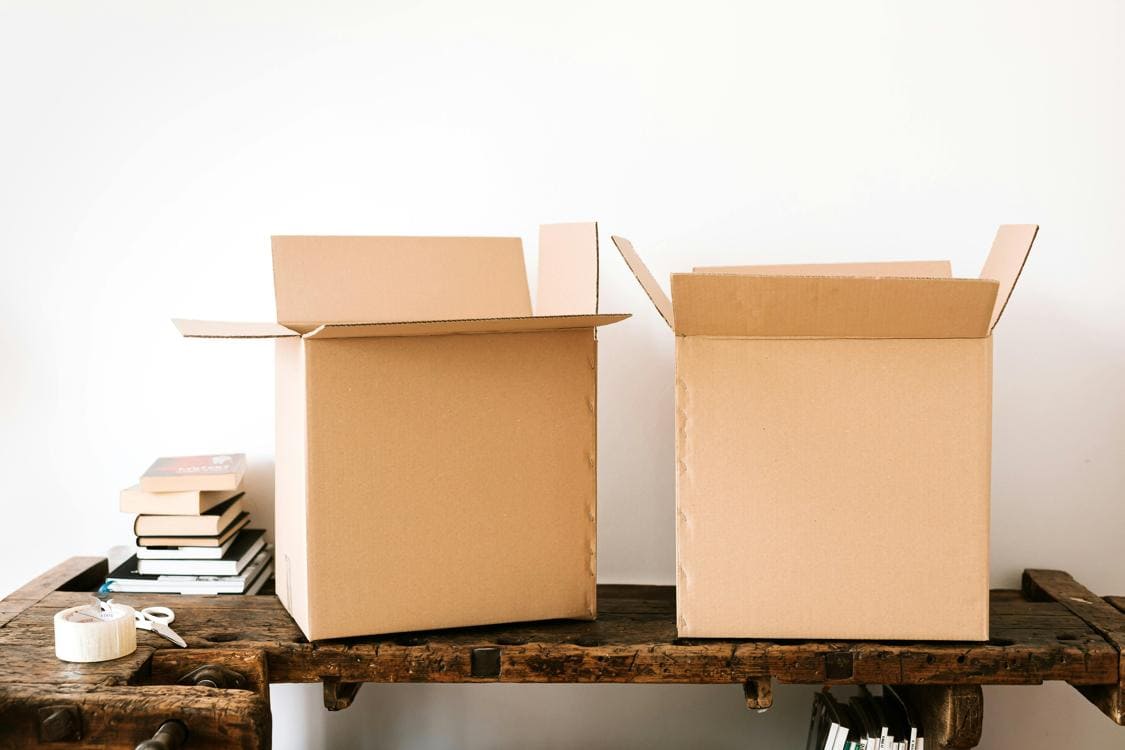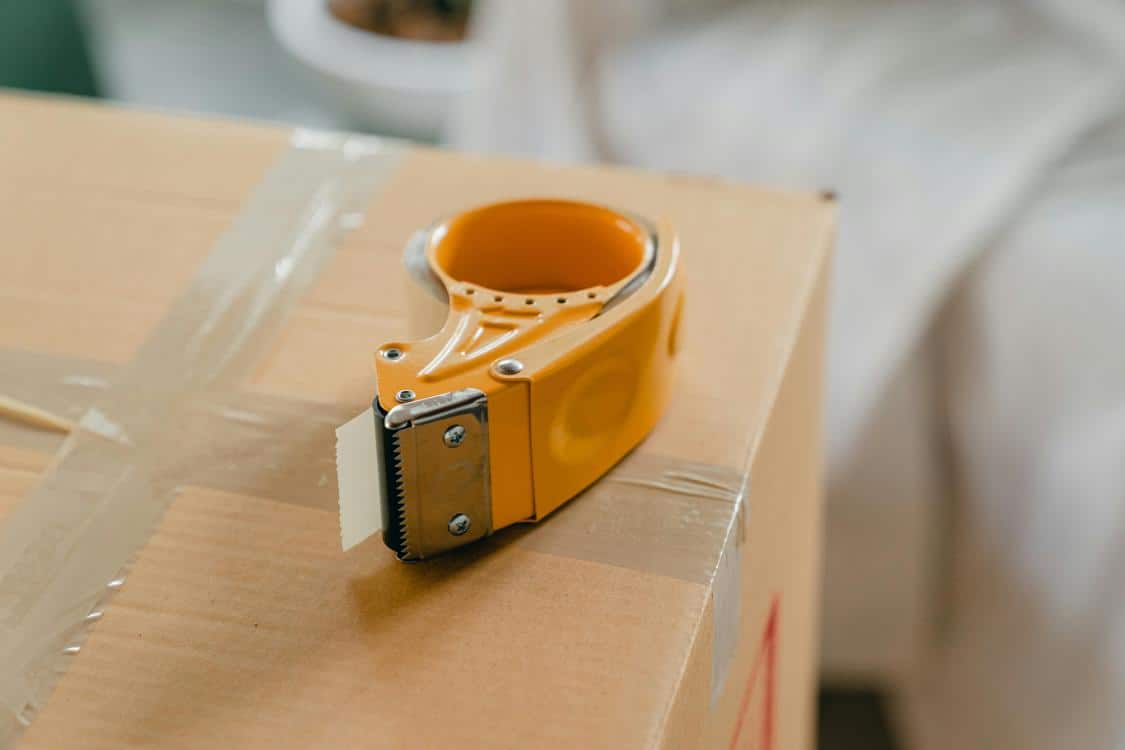Storing valuables can be a concern for many people, whether it’s due to moving, downsizing, or simply needing extra space. Ensuring that these items are protected while in storage is crucial to maintaining their condition and value. Here are some essential tips on how to protect your valuables in storage effectively.
Choose the Right Storage Facility
The first step in protecting your valuables is selecting the right storage facility. Not all storage units are created equal, and it’s important to find one that meets your needs. Look for facilities that offer the following features:
- Climate Control: Climate-controlled units maintain a consistent temperature and humidity level, which is crucial for preventing damage to sensitive items like electronics, artwork, and documents.
- Security Measures: Ensure the facility has robust security features such as surveillance cameras, gated access, individual unit alarms, and on-site staff.
- Cleanliness: A clean facility reduces the risk of pests and mold, which can damage your valuables.
Researching and visiting potential storage facilities can give you a better sense of their quality and the measures they take to protect your belongings.
Use High-Quality Packing Materials
Investing in high-quality packing materials is essential for protecting your valuables. Here are some recommendations:
- Sturdy Boxes: Use new, sturdy boxes that can withstand stacking and handling. Avoid using old or damaged boxes as they might collapse under weight.
- Bubble Wrap and Packing Paper: Protect fragile items with bubble wrap and packing paper. These materials provide cushioning and help prevent breakage.
- Plastic Bins: For added protection, consider using plastic bins with tight-fitting lids. They offer better protection against moisture and pests compared to cardboard boxes.
- Furniture Covers: Use furniture covers or moving blankets to protect larger items from dust, dirt, and scratches.
Label your boxes clearly to make it easier to find specific items and ensure delicate items are handled with care.
Pack Items Properly
Proper packing techniques can significantly reduce the risk of damage to your valuables. Follow these guidelines:
- Disassemble Furniture: When possible, disassemble furniture to save space and reduce the risk of damage. Keep screws and small parts in labeled bags.
- Wrap Fragile Items Individually: Wrap each fragile item individually with bubble wrap or packing paper. Place heavier items at the bottom of the box and lighter items on top.
- Do Not Overpack Boxes: Avoid overpacking boxes as they can become too heavy and prone to collapsing. Fill empty spaces with packing paper to prevent items from shifting.
- Use Pallets: Elevate your boxes and items off the ground using pallets. This helps protect against potential flooding or dampness.
Taking the time to pack your items properly can save you a lot of headaches and potential damage in the long run.
Insurance Coverage
Even with the best precautions, accidents can happen. It’s important to have insurance coverage for your stored valuables. Check if your homeowner’s or renter’s insurance policy covers items in storage. If not, consider purchasing additional coverage from the storage facility or a third-party provider.
Document the condition and value of your items before storing them. Take photographs and keep a detailed inventory. This documentation can be invaluable in the event of a claim.
Organize Your Storage Unit
Organizing your storage unit not only makes it easier to access your items but also helps protect them. Here are some tips for organizing your storage unit:
- Create a Layout Plan: Plan the layout of your storage unit before moving your items in. Place frequently accessed items near the front and heavier, less frequently used items at the back.
- Label Everything: Clearly label all boxes and bins. Consider creating a map or inventory list of your unit to keep track of where everything is stored.
- Use Shelving: Install shelving units to maximize vertical space and keep items off the floor. Shelving can also help prevent items from being crushed or damaged.
- Leave Aisles: Leave enough space between rows of boxes and furniture to create aisles. This allows for easy access and prevents the need to move multiple items to reach one.
Organizing your storage unit efficiently can save you time and frustration when you need to retrieve items.
Monitor Your Storage Unit
Regularly checking on your storage unit can help you catch potential issues before they become major problems. Visit your unit periodically to ensure everything is in order and to check for signs of damage or pests.
Consider using a storage unit, or a something like a self storage unit from self-storage at SureStore, with remote monitoring capabilities. Some facilities offer units with smart technology that allows you to monitor conditions such as temperature and humidity remotely.
Avoid Storing Prohibited Items

Most storage facilities have a list of prohibited items that cannot be stored. These typically include hazardous materials, perishable goods, and illegal substances. Storing prohibited items can void your contract and put your valuables at risk.
Always check with your storage facility to understand their policies and avoid storing any items that are not allowed.
Special Considerations for Different Types of Valuables
Different types of valuables require specific care and attention. Here are some special considerations for various types of items:
Electronics
- Climate Control: Store electronics in a climate-controlled unit to prevent damage from extreme temperatures and humidity.
- Original Packaging: Whenever possible, store electronics in their original packaging, which is designed to protect them during transport and storage.
- Batteries: Remove batteries from devices to prevent leakage and corrosion.
Documents and Photos
- Archival Quality Materials: Use archival quality boxes, folders, and sleeves to store important documents and photos. These materials are acid-free and help prevent deterioration.
- Climate Control: Store documents and photos in a climate-controlled unit to avoid damage from humidity and temperature fluctuations.
- Digitize: Consider digitizing important documents and photos as an additional backup.
Furniture
- Clean and Treat: Clean and treat furniture with appropriate products before storage to prevent mold and mildew.
- Cover: Use furniture covers or moving blankets to protect against dust and scratches.
- Disassemble: Disassemble larger pieces to save space and reduce the risk of damage.
Artwork
- Climate Control: Store artwork in a climate-controlled unit to prevent damage from temperature and humidity changes.
- Protective Wrapping: Use protective wrapping, such as glassine paper, to shield artwork from dust and damage.
- Vertical Storage: Store artwork vertically to prevent warping and damage.
Understanding the specific needs of your valuables can help you provide the best protection while they are in storage.
Protecting your valuables in storage requires careful planning and attention to detail. By choosing the right storage facility, using high-quality packing materials, packing items properly, ensuring insurance coverage, organizing your storage unit, monitoring it regularly, avoiding prohibited items, and considering special requirements for different types of valuables, you can ensure that your cherished belongings remain safe and in good condition.
Taking these steps will provide peace of mind and help preserve the value and integrity of your valuables for years to come.




